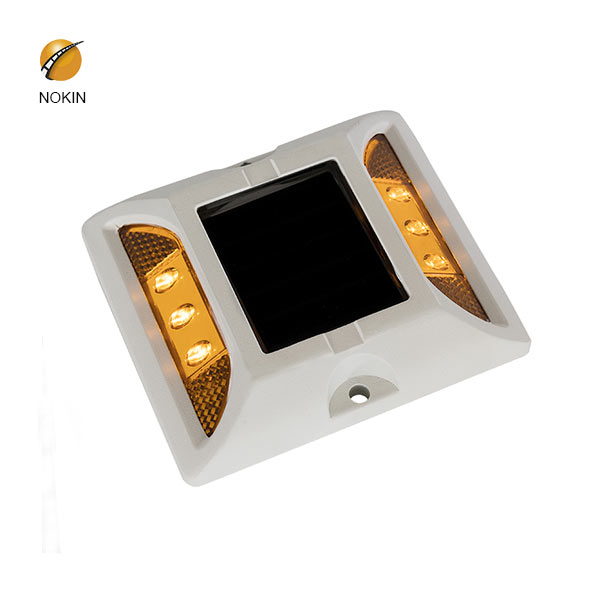
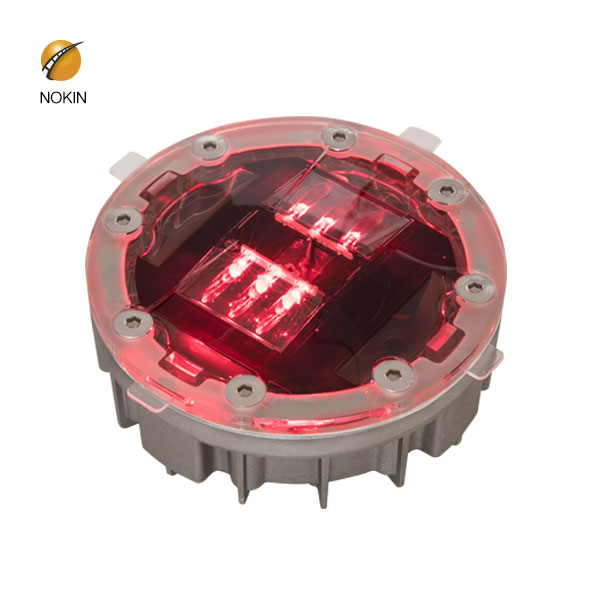
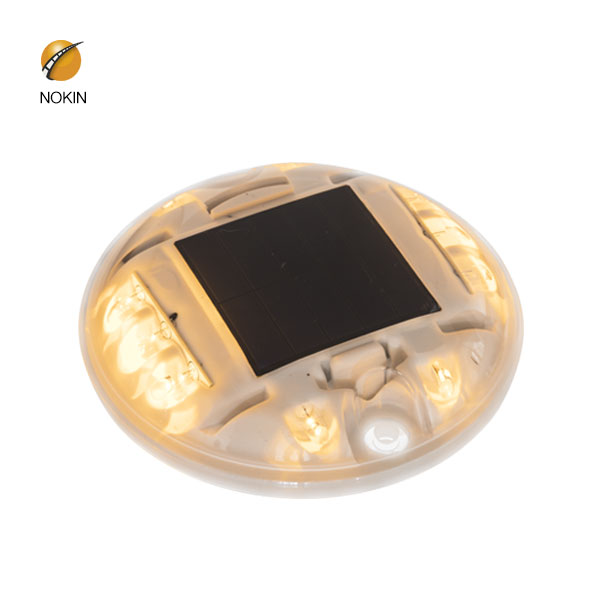
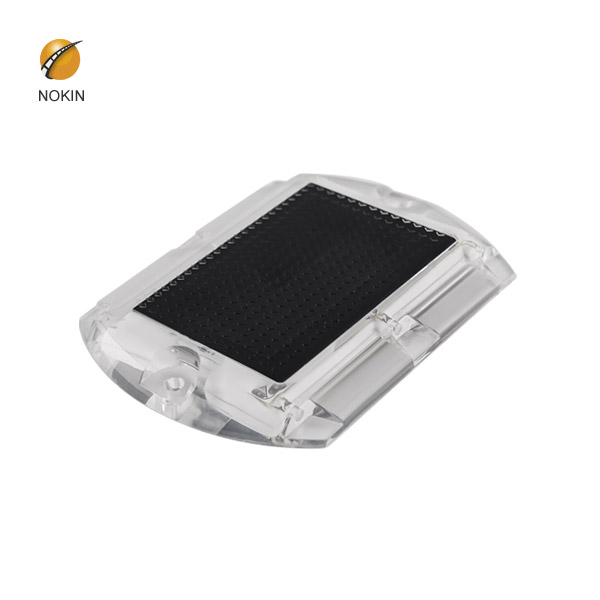
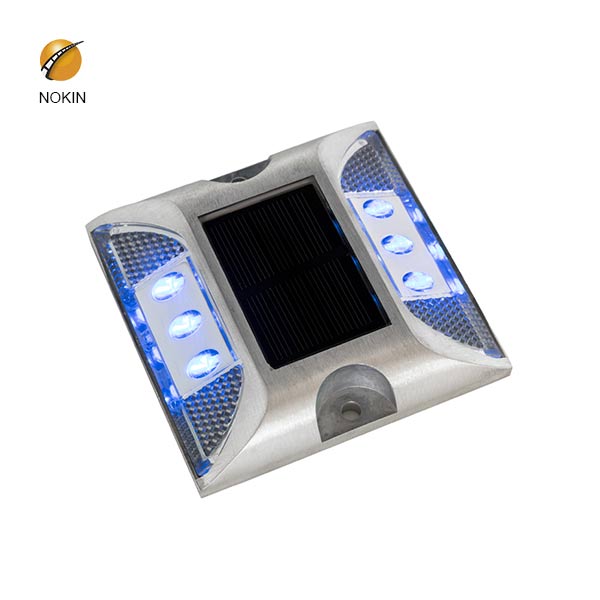
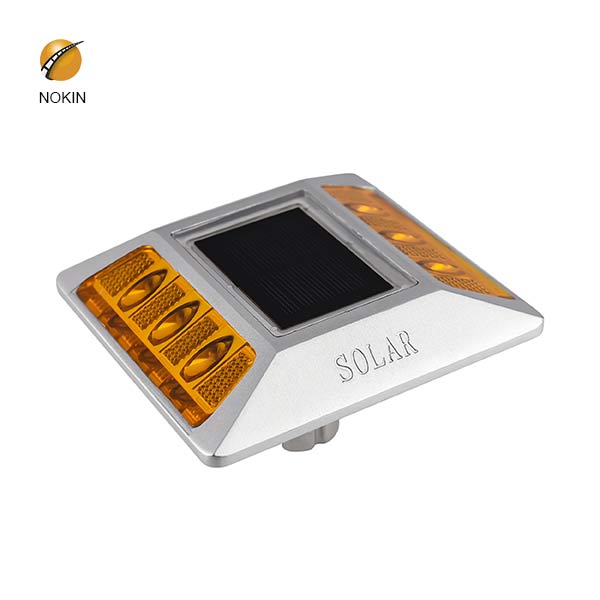
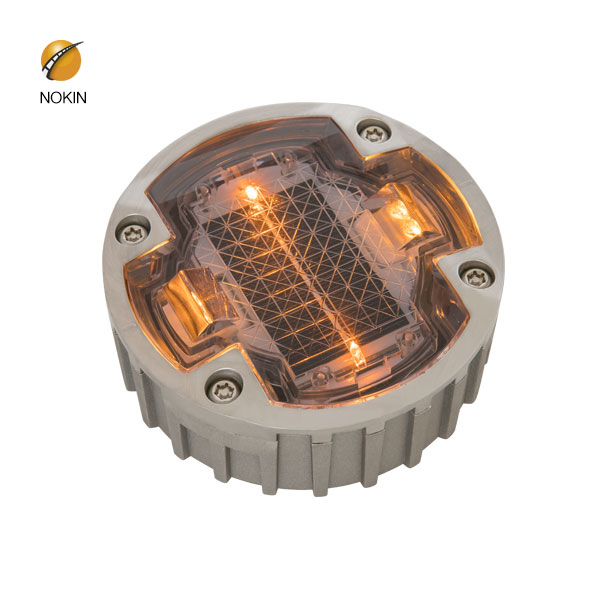
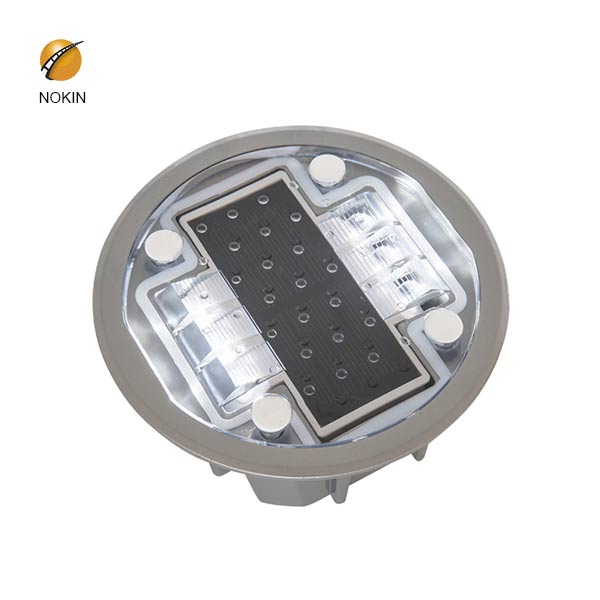
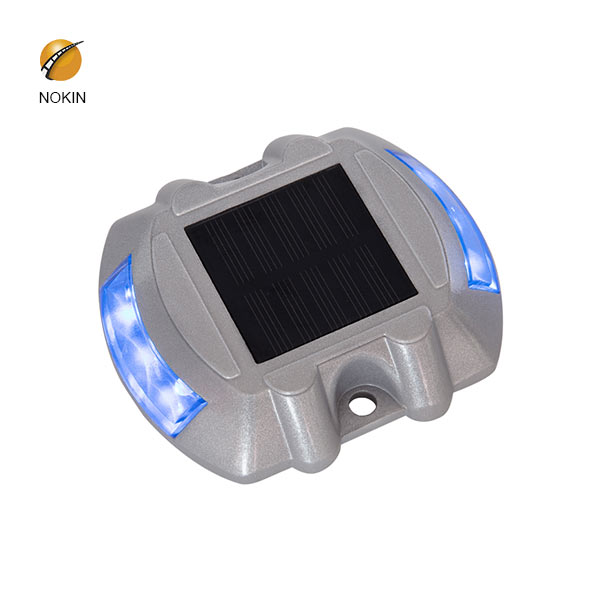

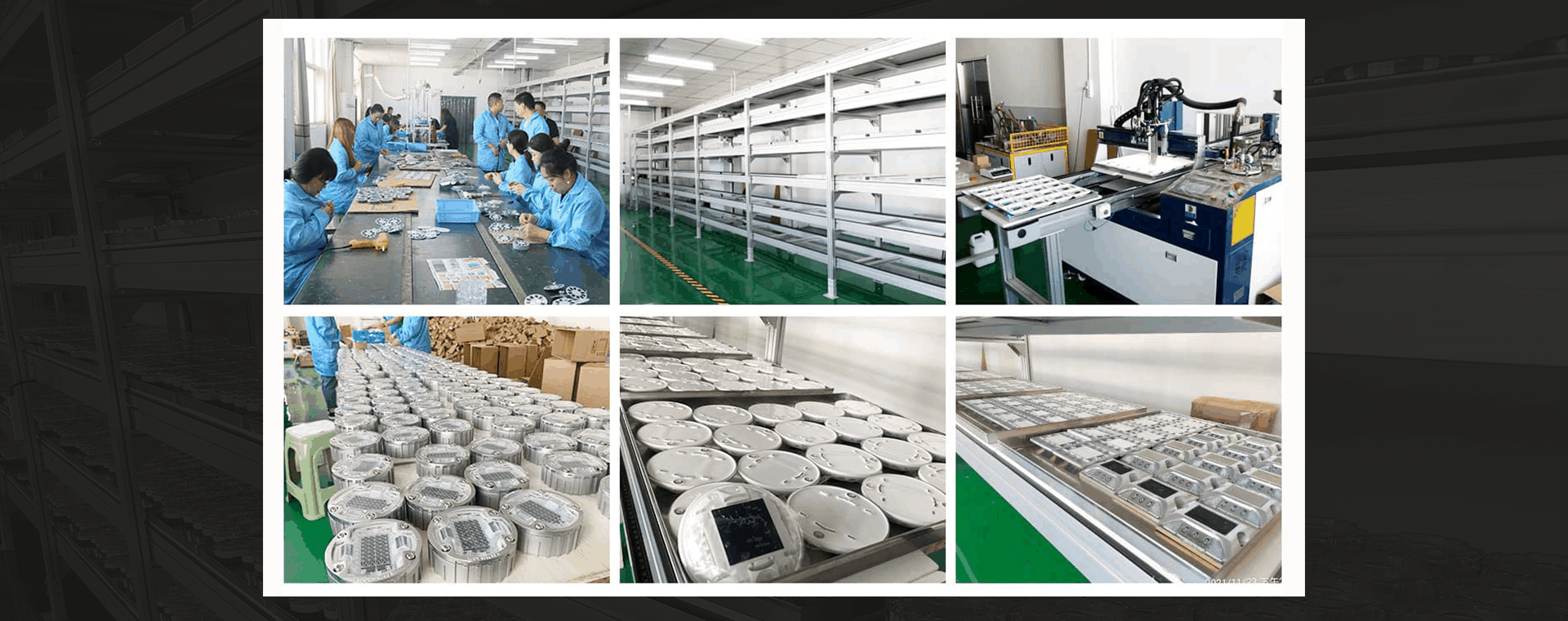

.jpg)
Polycrystalline silicon, or multicrystalline silicon, also called polysilicon or poly-Si, is a high purity, polycrystalline form of silicon, used as a raw material by the solar photovoltaic and electronics industry . Polysilicon is produced from metallurgical grade silicon by a chemical purification process, called the Siemens process.
.jpg)
Embedded/Fixed. Material: 316 Stainless. Height: 35-1/2". Add to quote. R-8460-RA Powder Coated Bollard. USD $ 498.00.
.jpg)
Solar Brick Outdoor Light - 6x6 Large Glass Square Paver, Striped Texture, 5 Cool White LED Lights, Waterproof, Landscape Lighting, No Wires, Easy to Install - Rechargeable Battery Included. 3.8 out of 5 stars. 7. $39.99. $39. . 99. Get it as soon as Wed, Apr 28. FREE Shipping by Amazon.
.jpg)
Metal roofs can conserve energy by reducing cooling costs up to 25%*. • Reflects solar energy • Emits solar heat from buildings • Reduces building cooling expenses • Mitigates Urban Heat Island Effect. Aluminum made from recycling takes only 8% of the energy to produce rather than using new aluminum.
.jpg)
Features Solar powered Solar panel may be mounted on light or detached and installed up to 8 feet away Two mounting stakes included - One for the light and one for the solar panel Dusk to Dawn operation - Provides up to 6 hours of lighting after a full day's charge Weather-resistant cast aluminum construction Integrated 6000K LED lighting No electrical wiring required Rated for wet locations
.jpg)
Nov 30, 2017 · In addition, there are numerous other benefits to the use of concrete building materials (including pre-cast concrete, concrete masonry, and cast-in-place concrete). One of the most notable benefits has the greatest impact on insurance costs: concrete is non-combustible, dramatically reducing issues related to fire hazards and the after effects
.jpg)
road reflectors cat eyes,road marker cats eye,aluminum road studs. US $2.30-$2.60. 12 YR. Add to Favorites. 2 sides Led Pavement Marker Light Aluminum Solar Road Stud Cat Eye Road Stud. US $15.00-$16.50. 13 YR. Add to Favorites. White flashing ground light aluminum solar road stud cat eye LED road marking stud.
.jpg)
NOKINman Solar Road Stud can help to reduce road accident at regional rail crossing, intersection and provide guidance and hazard warning to drivers in darkness and poor weathers. The solar system of aluminum road stud is conducive for reducing environmental impact and saving costs.
.jpg)
As leading solar road marker light supplier in China, NOKIN have been exported solar studs to 60+ countries and the are showing their new eco-friendly solar road stud technology to countries around the world. If you have the requirments of solar raod studs, welcome contact us, we will reply you in 24 hours.
.jpg)
Features of embedded LED solar road stud: - Easy installation, no maintenance - Saves power, no additional expenses, environmentally friendly, no pollution - Can work more than 3 years normally - Solar energy-based power source - Brightness sensitive auto-switch, automatically turns on at night and turns off at dawn - It can load-bearing 30 tons
.jpg)
1.Using the aluminum material to make frame which has better intensity. 2.The mixed epoxy filler (Optional) makes the compression resistance degree be over 30t. 3.The embedded reflectors design can reduce abrasion. 1.Our road stud using the great acrylic reflector,its reflection is stronger than other materials.
.jpg)
To enable increases in sustainable energy production, aluminum’s reflectivity properties are producing advances in solar energy cell performance. Research indicates that solar panel efficiency can be improved by up to 22 percent through the use of embedded aluminum studs. These structures are 100 nanometers long and reflect light into the
.jpg)
Rectangular Pull Box, Material: HDPE. W x L x D: 14" x 19" x 12", Lid Marked: "Electric", Color: Black. Includes: Hex Bolts. Included cover 14194008 1419T Black cover.
.jpg)
Apr 21, 2020 · So over-engineering in terms of selection of materials may boost the cost of production up. E.g. aluminum is approx 40% more expensive than steel, but the weight of aluminum is 40% less than that
.jpg)
Jul 18, 2021 · Organisms have been exploiting solar energy for billions of years. Now we can one-up photosynthesis. The development of solar energy-based artificial systems, or photocatalysts, as materials that mimic plants in their ability to capture solar energy has sparked great research interest across academia and R&D.